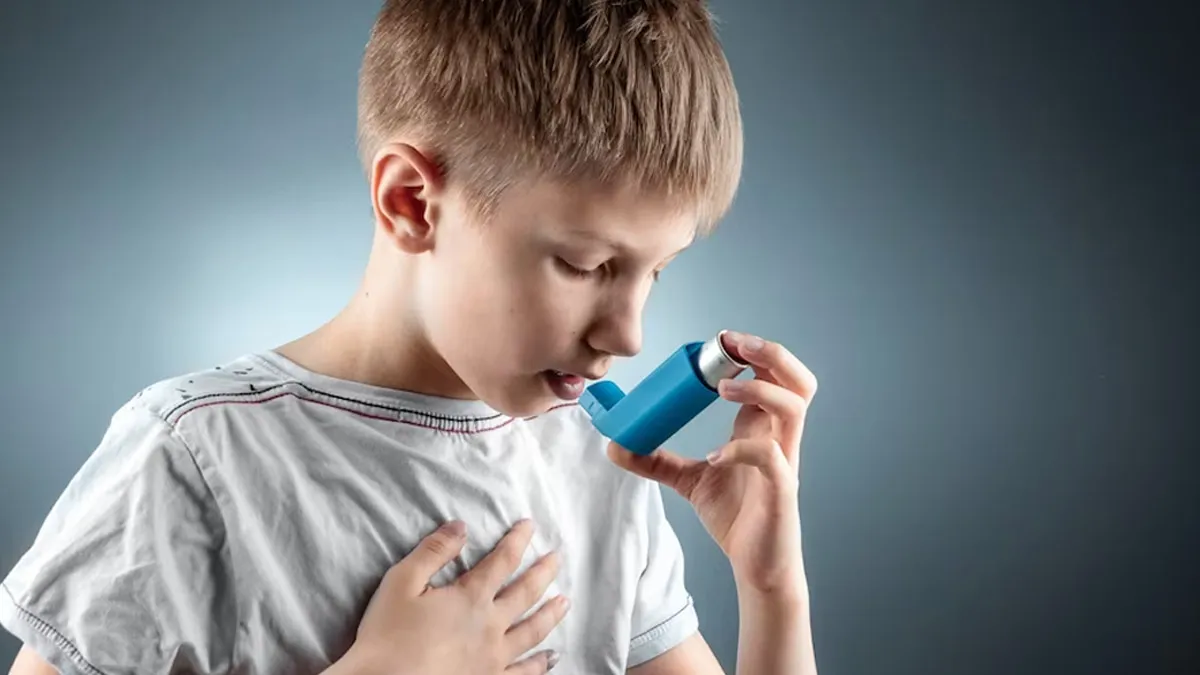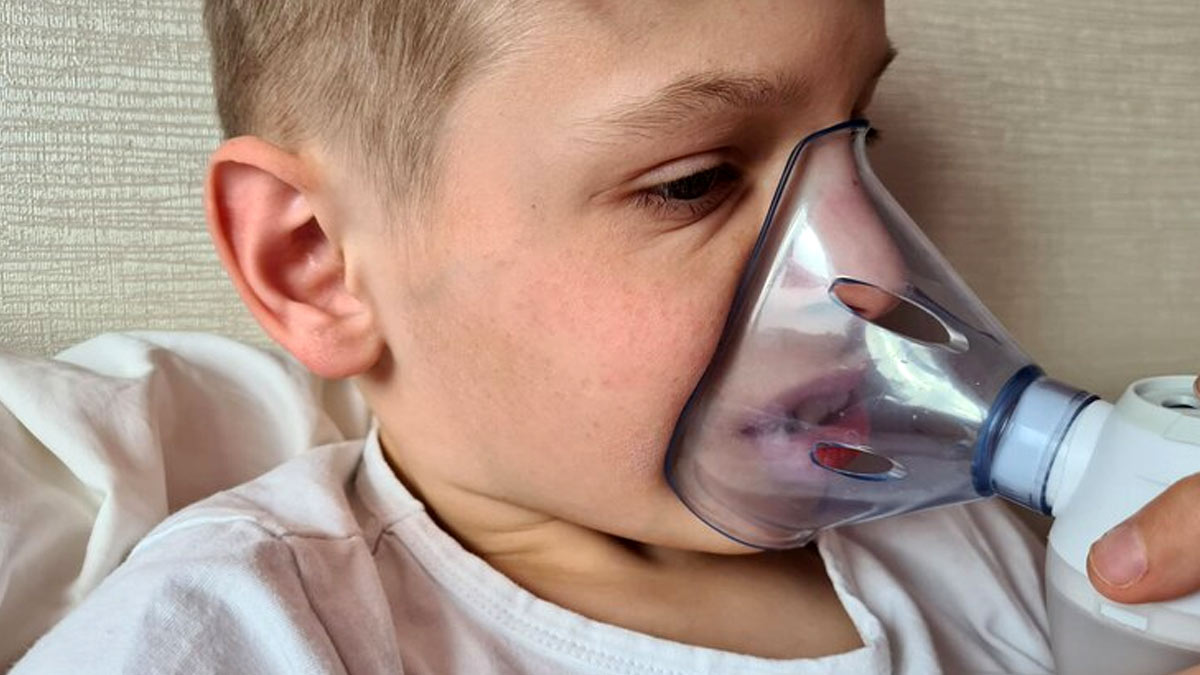
A recent research led by a team of scientists at the University of Pittsburgh, recently reported that they have designed a nose swab-based test to detect individual asthma subtypes, or what is commonly called endotypes in children. The study was published in the Journal of the American Medical Association JAMA, and it assured of diagnosing and treating children with this chronic respiratory disease without much fuss.
Table of Content:-
Asthma affects millions of children worldwide and is notoriously difficult to diagnose because the signs and causes can be variable. Traditional approaches to diagnosing asthma in children involve lung function tests, such as spirometry and pulmonary function studies, and tests for allergies–all of which are uncomfortable, and difficult. Experts share that in some cases invasive procedures are unpleasant and intimidating to young patients. Hence, this nasal swab test is a great way to alleviate all these concerns.
The researchers collected nasal samples from 459 youths in three distinct studies and pooled them to examine their samples for evidence of T2 and T17 signature gene expression, both of which are the markers of various asthma endotypes. Upon analysis, they found that there is a high-endotype of T2 seen among 23 to 29%, a high-endotype of T17 found in 35 to 47%, and the low-low endotype accounts for 30 to 38%.

Also Read: SexEd: Expert Shares Why It's Important To Pee After Getting Intimate With Your Partner
According to Dr Sally Wenzel, senior author of the study, "This test could help us move toward precision medicine for asthma in children, ensuring they receive the most effective treatment based on their unique biology."
Practical Tips For Managing Asthma in Kids
Though diagnostics may be advancing, managing asthma remains a daily task for many families. Here are some practical tips to help parents manage asthma in children
1. Create an Asthma Action Plan
Work with your child’s healthcare provider to develop a personalised plan outlining daily management strategies, medication schedules, and steps to take during an asthma attack.
2. Identify and Avoid Triggers
Common asthma triggers include pollen, pet dander, dust mites, mould, smoke, and strong odours. Keep a diary to track potential triggers and minimise exposure whenever possible.

Also Read: Surgical Infection Rate Higher In India Than Many High-Income Countries, Reveals ICMR Study
3. Medications
Controller medications must be used regularly as prescribed and rescue inhalers when symptoms appear. Using a spacer device facilitates more effective medication delivery.
4. Maintain a Healthy Environment
Keep the house well clean, and ventilated, with beddings frequently washed, and carpets vacuumed. Additionally, use an air purifier in case of bad air quality.
5. Promote Physical Activity
While keeping control over the asthmatic trigger which comes along with physical exertion, make sure that there is outdoor play added to your child’s daily routine. Ensure a proper warm-up session for a sport or playing period for the child so that there are zero to no breathing issues.
Bottomline
It's a giant step for pediatric asthma care as this nasopharyngeal swab test marks an improvement. By clarifying asthma's varied subtypes, it will provide more chances of a better future for the children and their families. Paired with management strategies that prevent instead of wait, this change holds the key to a healthier future for children suffering from asthma.
Also watch this video
How we keep this article up to date:
We work with experts and keep a close eye on the latest in health and wellness. Whenever there is a new research or helpful information, we update our articles with accurate and useful advice.
Current Version